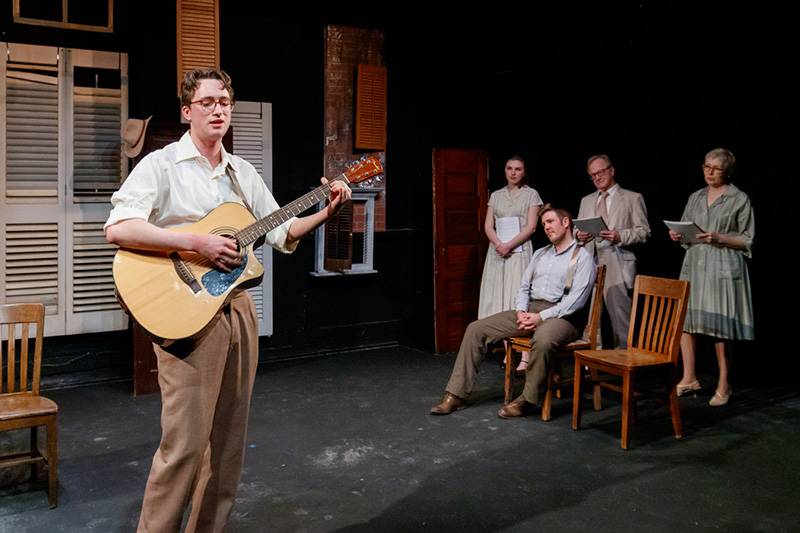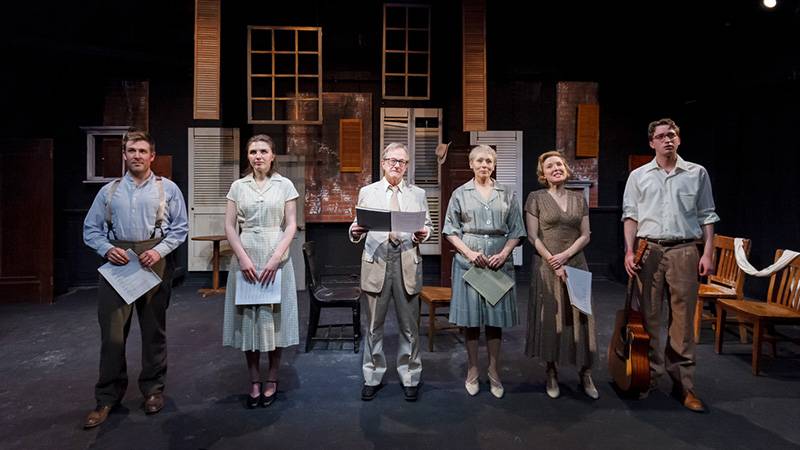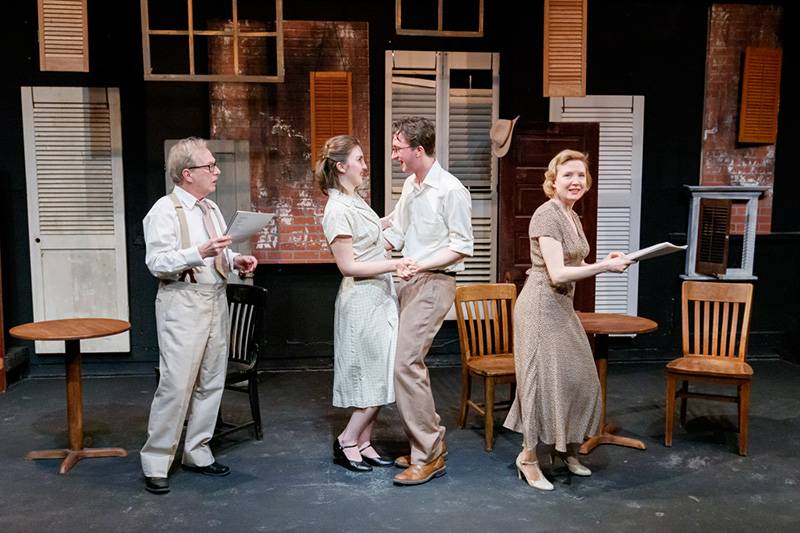In a collaborative effort, the Celebration Company and the department of theatre at the University of Illinois are presenting a collection of previously unproduced stories by Tennessee Williams. The American author and playwright is widely known for works such as Cat on a Hot Tin Roof (1955) and A Streetcar Named Desire (1947). Amor Perdido/Lost Love explores four of Williams’ short stories and will be presented this weekend only before it travels the literary festival circuit.
At the helm of Amor Perdido/Lost Love is director and Illinois theatre professor, Tom Mitchell. Mitchell is a scholar of the late 20th century dramatist and has directed five of Williams’ earliest known plays and staged several of his lesser known works.
“Amor Perdido/Lost Love captures four magical stories by Tennessee Williams: a sailor’s brief encounter in port (The Lost Girl), a writer and his soulmate in the French Quarter (Dear Irene), a vagabond artist at the end of his rope in a Mexican plaza (Amor Perdido), and a solitary young woman who finds a lover aboard a mysterious ship (Blue Roses and the Polar Star).”
— Station Theatre Website

Photo by Jesse Folks.
Smile Politely: Can you tell me a bit about your relationship with Tennessee Williams’ works? What first drew you to his writing, and what keeps you interested in further exploring it?
Tom Mitchell: I was introduced to the early work of Tennessee Williams by a great colleague,
Allean Hale, who was one of the top experts on the playwright’s life and career. Over the past
twenty years I have been able to bring the early works of Tennessee Williams to the stage in the Krannert Center and to take performers to festivals around the country. I like his work because it presents complex characters and poetic language.
SP: Amor Perdido/Lost Love contains the staging of four unique short stories. What led you to select these stories? Tell me a little bit about your adaptation process going from page to stage.
Mitchell: I found these stories in my research in the Williams collections at the University of
Texas and Harvard. I found the stories emotionally rich and surprising. I have staged the
stories faithful to Williams’s original language because this will be the first time audiences ever hear the material. I’ve arranged the stories in ways that help us into the characters’
experiences.

Photo by Jesse Folks.
SP: The cast features Station Theatre veteran actors Gary Ambler and Joi Hoffsomer, U of I students Chloe Cosgrove, Scott Knier, and Charlie Bauer. Do the actors only appear in one of the stories, or do they play multiple roles? What’s it been like working with this team?
Mitchell: The whole ensemble is essentially a part of every story. The actors are very talented and sensitive to the material. I have enjoyed the creative input from each performer.
SP: In addition to performing, actor Scott Knier also wrote original music. Can you speak a little about his work and how it is incorporated into the show?
Mitchell: Scott and I began talking about creating music for the stories two years ago. He brings his own interest in the troubadour music of Bob Dylan and Woody Guthrie to the project – thinking of how musicians are found playing on street corners of New Orleans. His music is inspired by language and characters in the stories.
SP: After its run at the Station Theatre, the show moves to the Tennessee Williams/New Orleans Literary Festival and later the Tennessee Williams St. Louis Festival. What challenges arise from moving the performance from location to location? What are you most looking forward to when you take this show on the road?
Mitchell: I have tried to stage the piece so that it can play in a variety of venues. The focus is on the words and the actors. Because a couple of the stories make very particular reference to locations in the French Quarter of New Orleans, it will be exciting to perform in the heart of that area.
Amor Perdido/Lost Love: Stories by Tennessee Williams
The Celebration Company at the Station Theatre
223 N Broadway
Urbana
March 5th through 7th at 7:30 p.m., March 8th at 3:00 p.m.
Get ticket information here
Top image by Jesse Folks.
* Editor’s Note: A previous version of this article incorrectly identified the actors in the play.








